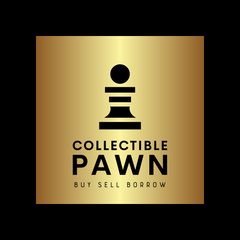What makes things valuable?
If there are lots of something made and they aren't particularly interesting there will be little intrinsic value.
I.e gold is a highly traded commodity, it always has had an objective value.
A teapot, a teddy bear or a doll on the other hand has a subjective value. Some may say its tacky or gaudy, others may pay peanuts at a boot fair while others still may pay a significant premium from an antique shop or similar specialist.
The value of subjective items comes from the target market. In other words to a large degree the buyers (as a whole) control the price.
Limited edition does not necessarily make something worth more.
If the production run is small, there is very little hype about it. If I show a one of a kind teddy bear to someone they might buy it or it might not be to their taste.
It's unlikely to find a buyer just because it's a one of one, unless that particular maker is desirable.
By contrast if there is a limited run of one thousand from a well known maker, there is hype, there is talk, there becomes a degree of competition.
It is this competition, which drives the prices of collectible items.
Rarity is only part of the story. Most of the value is driven by the demand.
Some things can be too rare to be desirable, if the collector base doesn't know of it's existence, there is no demand. No demand means no buyers. No buyers means low value.
